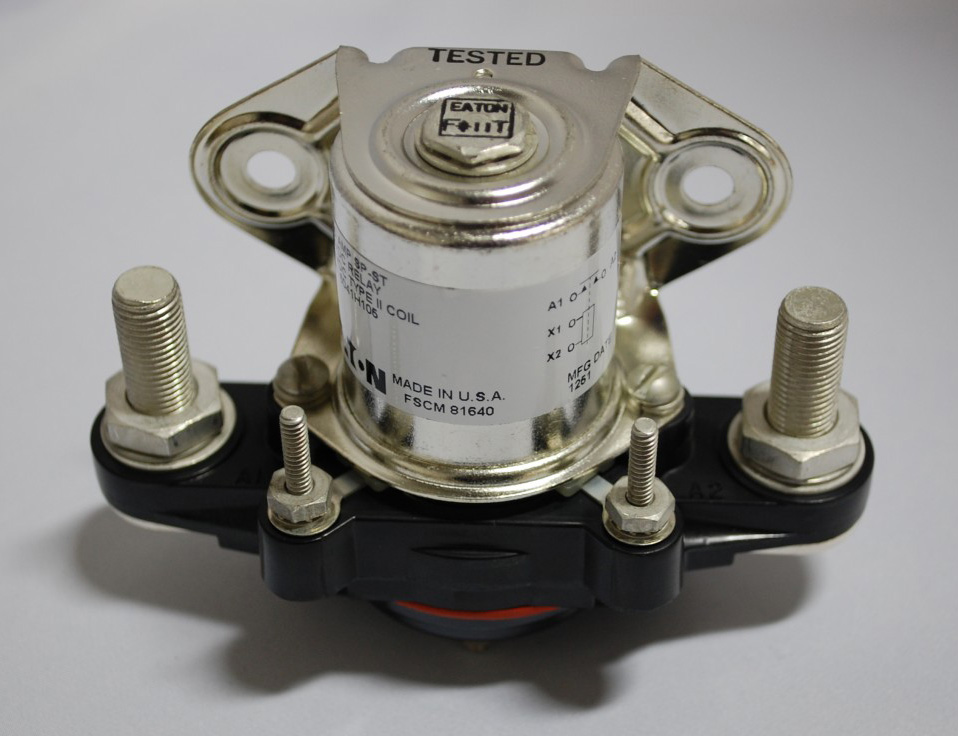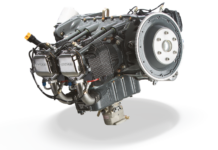This tip was submitted by Tom Hoffman, Glasair III.
With 650 hours on the aircraft, N54ODE recently experienced failure of the starter solenoid, which is not normally a major problem. However, in this case the failure occurred when, on release of the starter switch, the solenoid remained closed, allowing continued current flow to the starter. This destroyed the armature and field windings and did some bearing damage, necessitating complete overhaul of the starter.
The analysis here is interesting. With the use of sealed recombinant gas batteries and a lightweight, efficient, high-torque starter, the current flow through the solenoid far exceeded its capacity. Extremely low internal resistance in these batteries and the high RPM of the motor, as evidenced by much higher cranking speeds, create this higher current flow. In fact the flow was so high that as the contacts eroded with usage, arcing occurred, welding the solenoid closed!
Any of you using a similar barter/starter combination should look seriously at changing the starter solenoid to an aerospace-quality relay. The industry standard is made by Eaton/Cutler-Hammer and is a 200 amp rated relay with replaceable, self-aligning, large-area, silver-cadmium contacts. Part numbers are 604JH105 for 12 volt and 6041H123 for 28 volt. This relay is the only one that must carry this excessive ampere load, and should therefore be the only one of concern. Replacing your starter solenoid with the Cutler-Hammer part before a failure occurs could prevent some downtime at a really inconvenient location.




